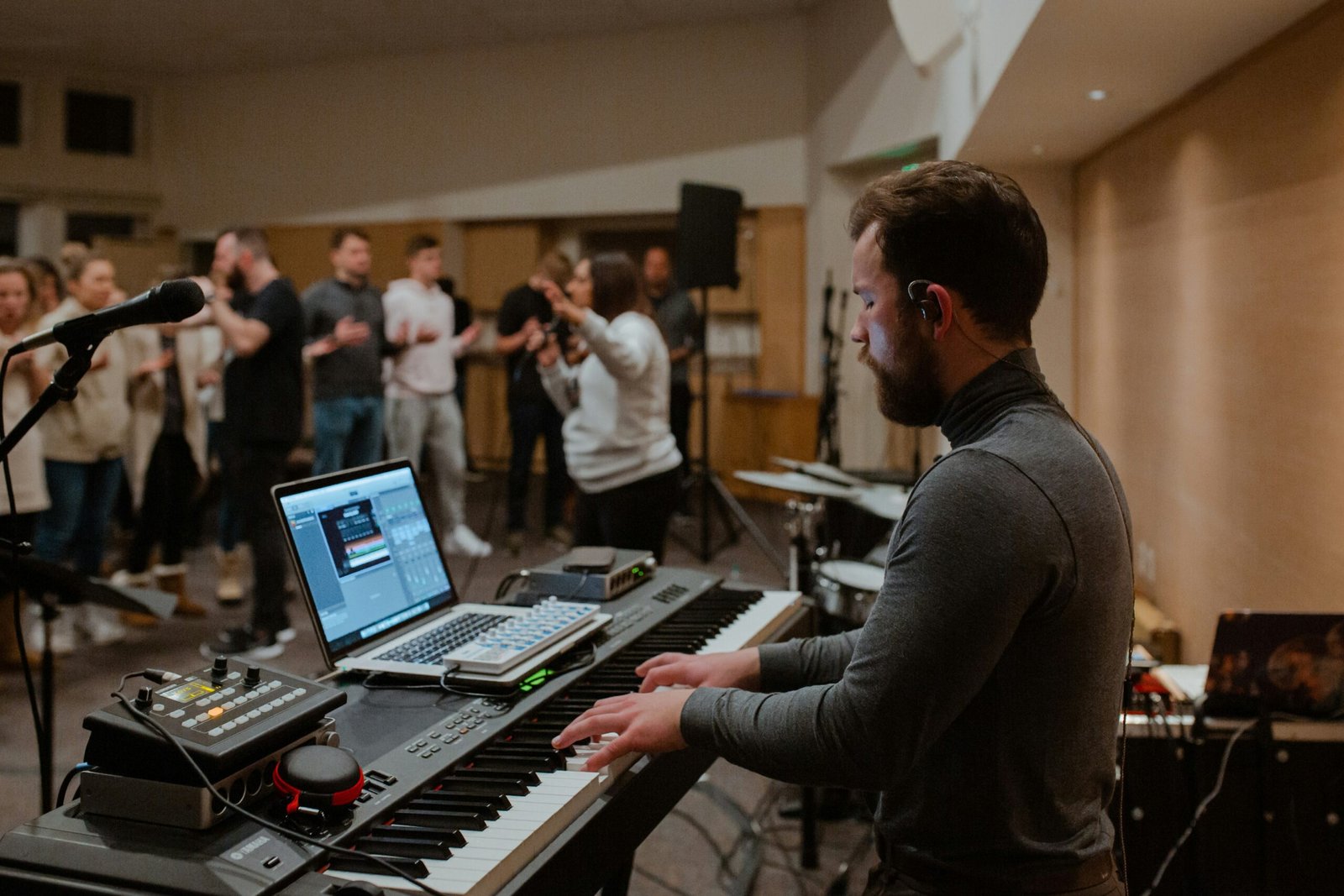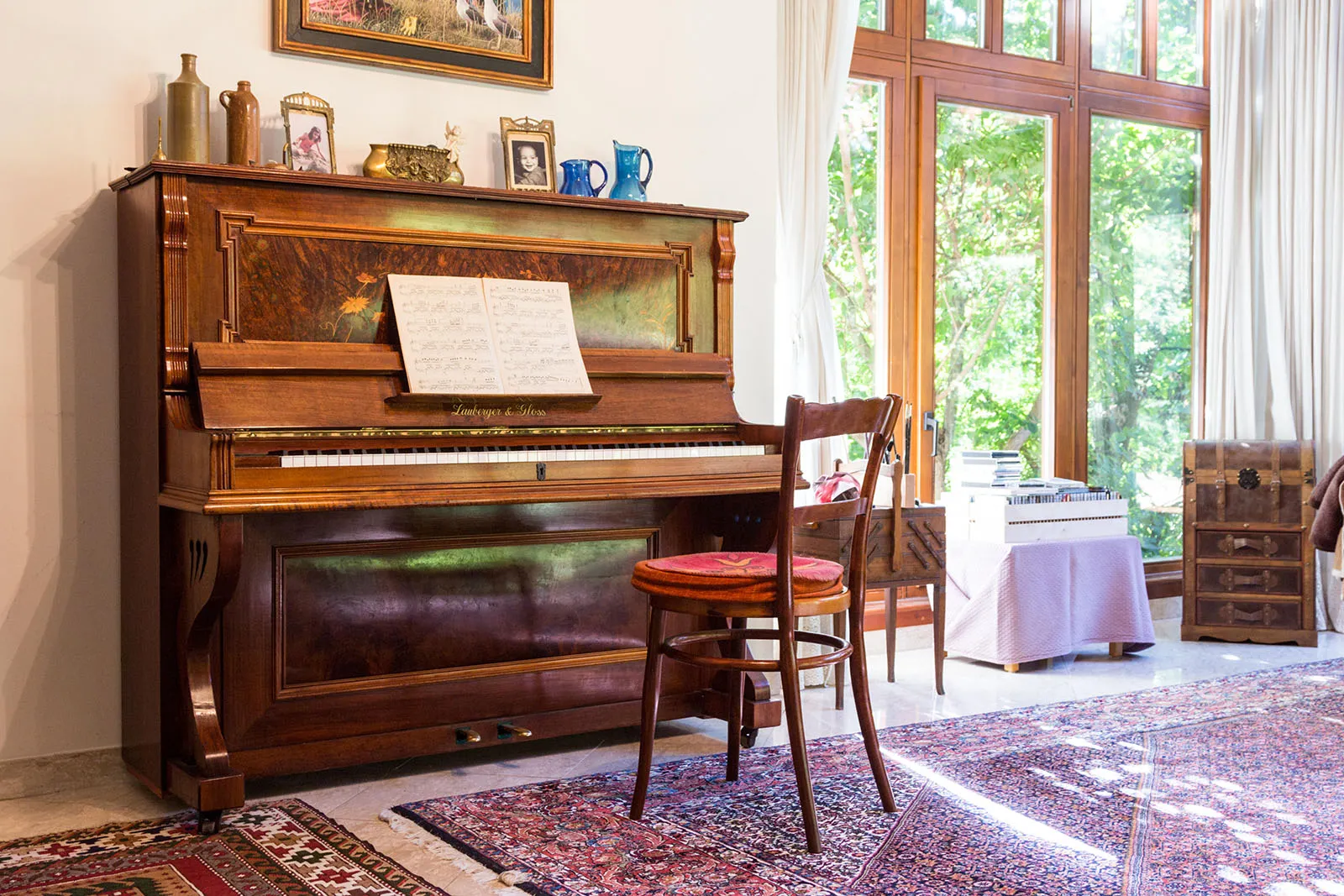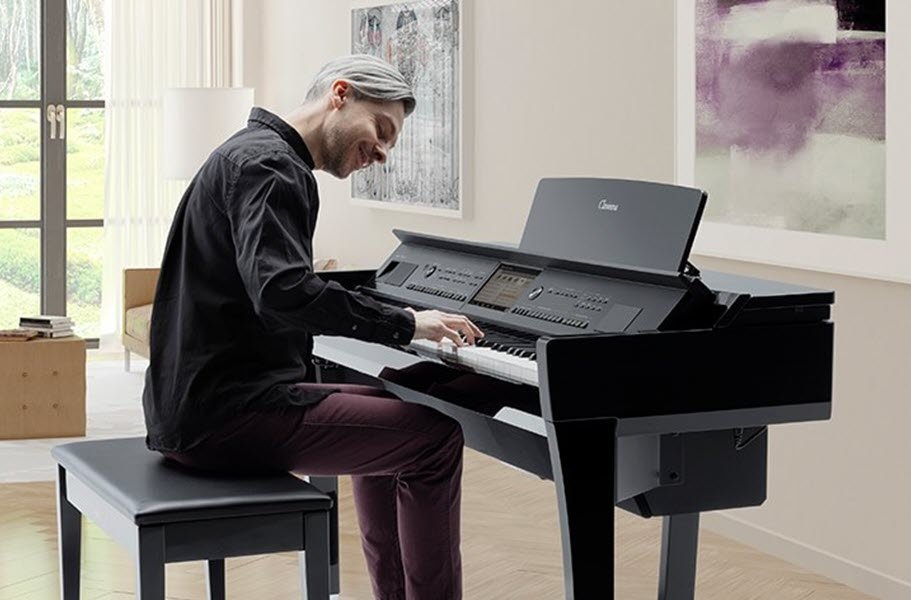Storing a piano long-term requires careful planning to ensure its structural integrity, sound quality, and overall condition remain intact. Whether you’re safeguarding a treasured family heirloom or preparing for a temporary relocation, these best practices will help keep your piano in optimal condition.
1. Choose the Right Storage Location
- Climate-Controlled Environment: Pianos are sensitive to temperature and humidity changes, which can cause wood warping and damage to internal components. Select a climate-controlled storage unit with stable humidity levels (ideally 40-50%).
- Avoid Basements and Attics: These areas are prone to extreme temperature fluctuations and moisture, increasing the risk of mold, rust, and wood expansion.
2. Clean the Piano Thoroughly
- Exterior Cleaning: Dust and clean the surface using a soft, damp cloth. Avoid harsh chemicals that can damage the finish.
- Interior Cleaning: Remove dust from the strings and soundboard with a feather duster or vacuum attachment.
- Cover Keys: Use a soft cloth or keyboard cover to protect the keys from dust and discoloration.
3. Disassemble (If Necessary)
- For grand pianos, detach the legs, pedals, and lid for safer handling and storage.
- Wrap each component securely with padding to prevent scratches or dents.
4. Protect the Piano with Proper Wrapping
- Use thick moving blankets or specialized piano covers to cushion the instrument and prevent damage.
- Avoid plastic wraps, as they can trap moisture, leading to mold or condensation damage.
5. Position the Piano Correctly
- Place the piano away from direct sunlight, vents, or heaters to prevent damage from heat and UV exposure.
- Store the piano upright, ensuring it’s on a stable and flat surface to maintain its shape and tuning.
6. Maintain Optimal Humidity
- Invest in a piano dehumidifier system or use silica gel packs inside the storage unit to control moisture levels.
- Periodically check the humidity levels, especially in fluctuating climates.
7. Secure the Piano During Transit
- Hire professional piano movers who have the expertise and equipment to handle the instrument with care.
- Use a piano dolly or skid board for safe transportation.
8. Check and Maintain Regularly
- Inspect the piano periodically for signs of damage or environmental impact.
- Upon retrieval, allow the piano to acclimate to its new environment before playing or tuning it.
9. Tune and Service Post-Storage
- Pianos naturally go out of tune over time, especially during storage. Schedule a professional tuning and servicing to restore its sound quality and mechanical performance.
Conclusion
Storing a piano long-term is a delicate process that requires attention to detail and the right environmental conditions. By following these best practices, you can ensure your piano stays protected and retains its value, ready to fill your home with music when it’s back in use.










Leave a Reply